News
Ohio State, University of Washington scientists pave way for protein nanomachines
While the Ohio State Buckeyes and Washington Huskies prepared to butt heads in the Rose Bowl on Jan. 1, researchers at the two universities collaborated to create proteins that zip together…
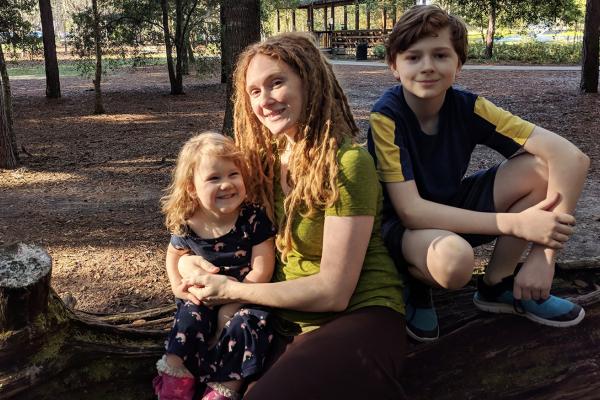
Mother of two, astronomy and physics student set to graduate after unique educational journey
Ness Mayker had to let go of one passion to make room for another.
Life for the astronomy and physics double major is, admittedly, a little hectic. Between balancing preparations to…
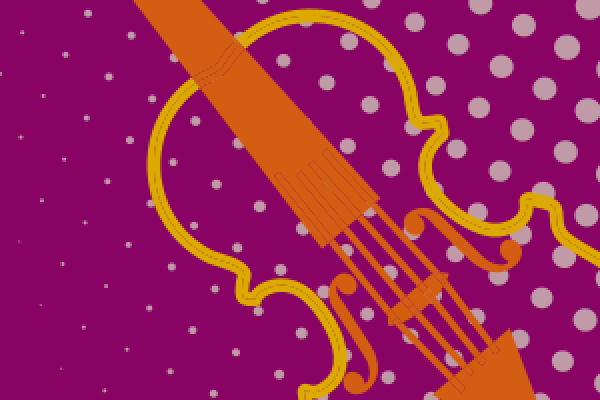
Funding furthers research on connection between music, health
Hannah Bachman, a fourth-year student pursuing a dual degree in music theory and neuroscience, and Daniel Shanahan, assistant professor of music theory, discuss their work surrounding…
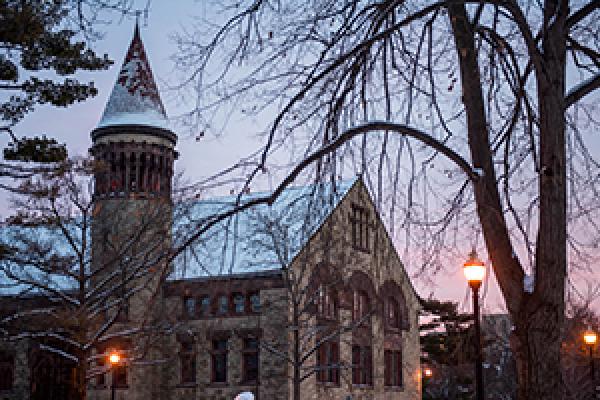
College of Arts and Sciences announces 5 new majors
View all 2019 High Points >
The College of Arts and Sciences has launched five new undergraduate majors, all of which incorporate emerging trends and issues into carefully…
Five Arts and Sciences faculty named 2018 AAAS Fellows
Five Arts and Sciences faculty members have been elected as 2018 Fellows of the American Association for the Advancement of Science (AAAS) — one of the most prestigious honors given to U…
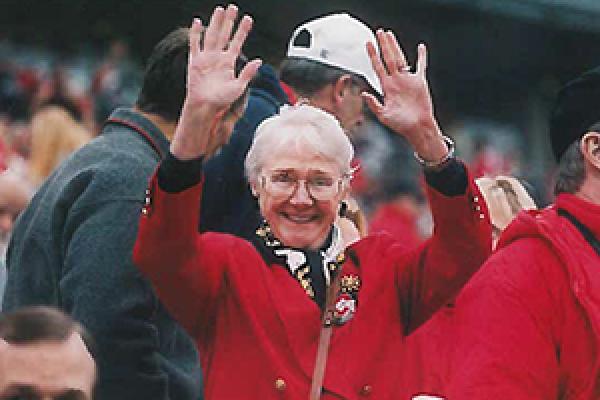
The legacy of late professor and female physicist Bunny Clark
“Bunny, as in rabbit.”
A common response when introducing herself, Dr. Bunny Clark wasn’t just out of the ordinary when it came to her uncommon first name. Clark, before becoming a well-…
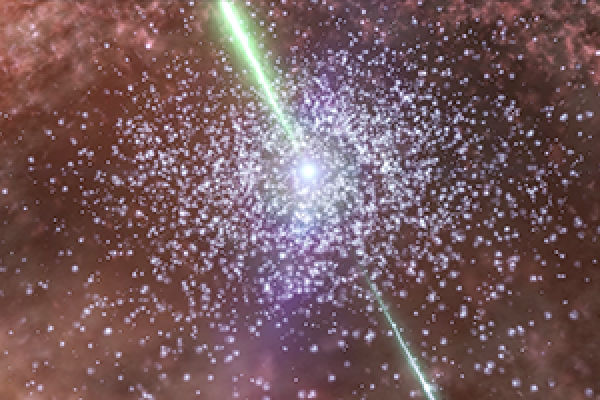
Team involving Ohio State astronomer gets a close-up look at the whirlpool around gigantic black hole
Imagine if you could see something the size of a coin at the distance of the moon.
That’s roughly the equivalent of what an international team of astronomers did by combining four of the…
Earth sciences and public health merge in study abroad course to Japan
Motomu Ibakari, associate professor of Earth sciences and environmental health, arrived in Tokyo around 2:45 p.m. local time on March 11, 2011.
Minutes later, a magnitude 9.1 earthquake…
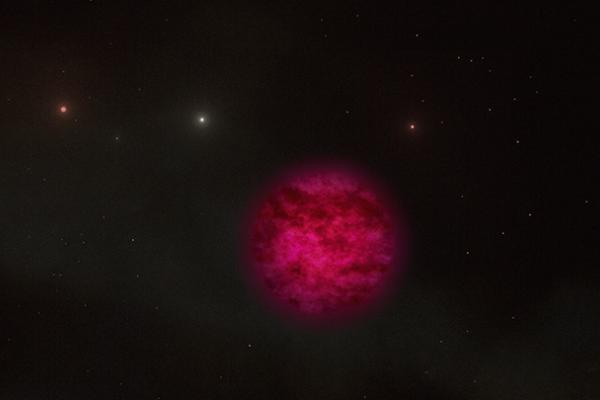
Astronomy professor's research advances technology looking for signs of alien life
Thousands of exoplanets have been detected so far. Each has its own unique characteristics.
Assistant Professor of Astronomy Ji Wang’s goal is to study the traits of those exoplanets, or…
